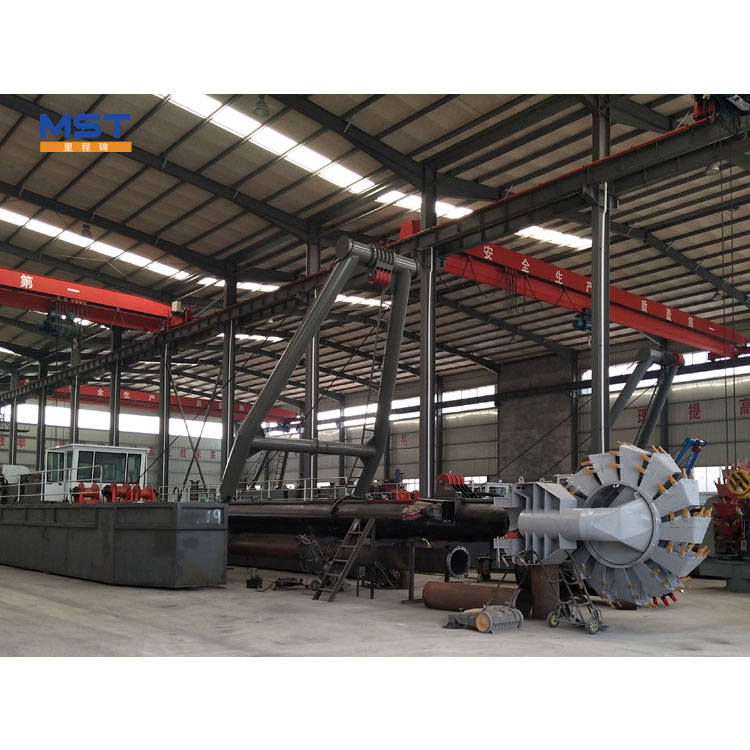Unearthing Gold: Types of Deposits Ideal for Trailing Suction Bucket Chain Dredgers
2024-03-02
Introduction:
Gold, with its allure and value, has captivated humanity for centuries, driving miners to explore new frontiers in search of the precious metal. Trailing suction bucket chain dredgers (TSBCDs) have emerged as indispensable tools in the modern gold mining industry, offering unparalleled capabilities in extracting gold from underwater deposits. In this blog, we delve into the types of gold deposits that are most suitable for extraction using TSBCDs, shedding light on the geological characteristics and conditions that make these deposits ideal for dredging operations.
1. Alluvial Deposits:
Alluvial deposits, often found in riverbeds, floodplains, and alluvial fans, are among the most suitable targets for extraction using TSBCDs. These deposits consist of loose sediments such as gravel, sand, and silt that have been transported and deposited by flowing water. Alluvial gold deposits are well-suited for dredging operations due to their accessibility, shallow depths, and high gold concentration.
2. Placer Deposits:
Placer deposits are another type of gold deposit commonly targeted by TSBCDs for extraction. These deposits occur in sedimentary environments such as riverbeds, beaches, and coastal terraces, where gold particles have been concentrated by natural processes such as erosion, sedimentation, and gravity sorting. Placer gold deposits are often characterized by their coarser grain size, high purity, and ease of extraction using dredging equipment.
3. Marine Placer Deposits:
Marine placer deposits, located offshore in coastal waters or submerged continental shelves, represent a unique target for extraction using TSBCDs. These deposits form through the concentration of gold particles carried by ocean currents and deposited on the seabed. Marine placer deposits may accumulate in nearshore environments, submarine canyons, or deep-sea fans, presenting opportunities for dredging operations in both shallow and deep water settings.
4. Eluvial and Colluvial Deposits:
Eluvial and colluvial deposits, formed through weathering and gravitational processes on hillsides and slopes, are also suitable targets for TSBCD extraction. These deposits consist of weathered material, including clay, soil, and regolith, in which gold particles have been concentrated by erosion and gravity. Eluvial and colluvial deposits may be found in mountainous regions, terraced landscapes, or dissected terrain, offering potential targets for dredging operations.
5. Beach Placer Deposits:
Beach placer deposits, located along coastal shorelines and beaches, are ideal targets for extraction using TSBCDs. These deposits form through the concentration of heavy minerals, including gold, along the shoreline by wave action, longshore drift, and tidal currents. Beach placer deposits are characterized by their high gold content, fine grain size, and accessibility, making them well-suited for dredging operations in shallow water environments.
Conclusion:
Trailing suction bucket chain dredgers have revolutionized gold mining by offering efficient means of extracting gold from various types of deposits. From alluvial and placer deposits to marine placers and beach placers, TSBCDs are capable of accessing and extracting gold from a wide range of geological settings. By targeting suitable gold deposits with favorable characteristics such as accessibility, depth, gold concentration, and sediment type, miners can optimize the efficiency and productivity of dredging operations, unlocking the Earth's hidden treasures with precision and expertise.



